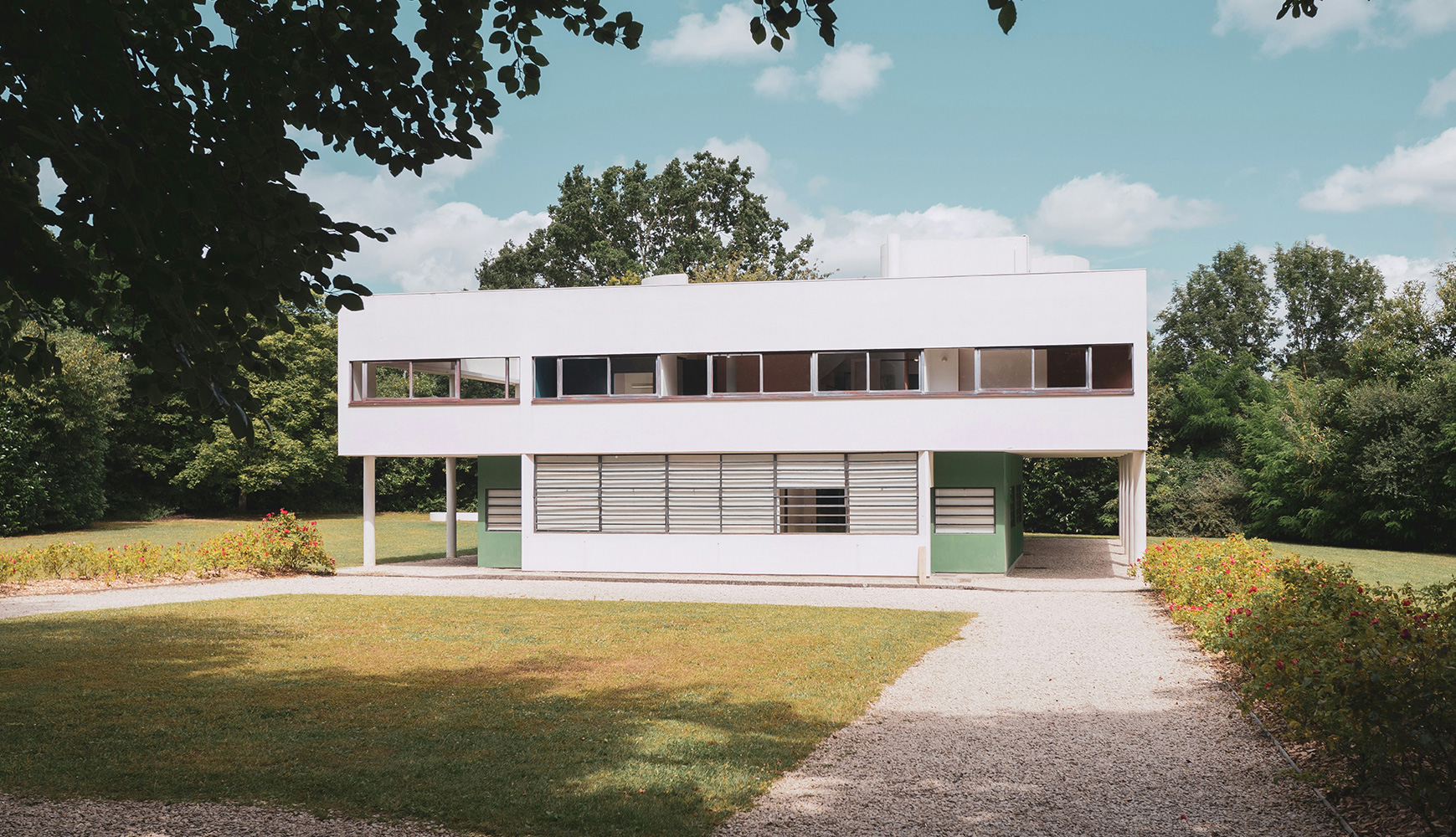The Masters Of French Mid-Century Modern Design
Mid-century modern refers to a style of furniture, art, and architecture that evolved in the post-war era, during the middle of the 20th century. Characterised by their simplicity, functionality, timeless aesthetic and superb quality, mid-century modern designs have an enduring, classic appeal. Mid-century modern is seen as one of design history's most popular, collectable and dynamic periods.
The aesthetics of mid-century modern brought the geometric forms of the Bauhaus teachings into the Modernist movement, pioneered by iconic designers who used innovative materials and methods to reimagine our world. There were many influential French designers and architects during this post-war era. From Le Corbusier to Jean Prouve, here is our guide to the leading figures in French mid-century design.
Charlotte Perriand
Charlotte Perriand (1903 - 1999) was one of the most influential designers of the 20th century and early modern movement. She was a great believer in the ethos that better design helps in creating a better society. Her work aimed to create functional living spaces that improved everyday living. As a student, Perriand rejected the popular Beaux-Arts style and found inspiration instead in machine-age technology. She joined the studio of Le Corbusier at 24, where she experimented with steel, aluminium, and glass, developing a series of tubular steel chairs that remain a modern icon.
In 1940, she travelled to Japan to advise the government on how to export products to the West, and spent WWII exiled in Vietnam, where she discovered local woodwork and weaving techniques and embraced natural materials.
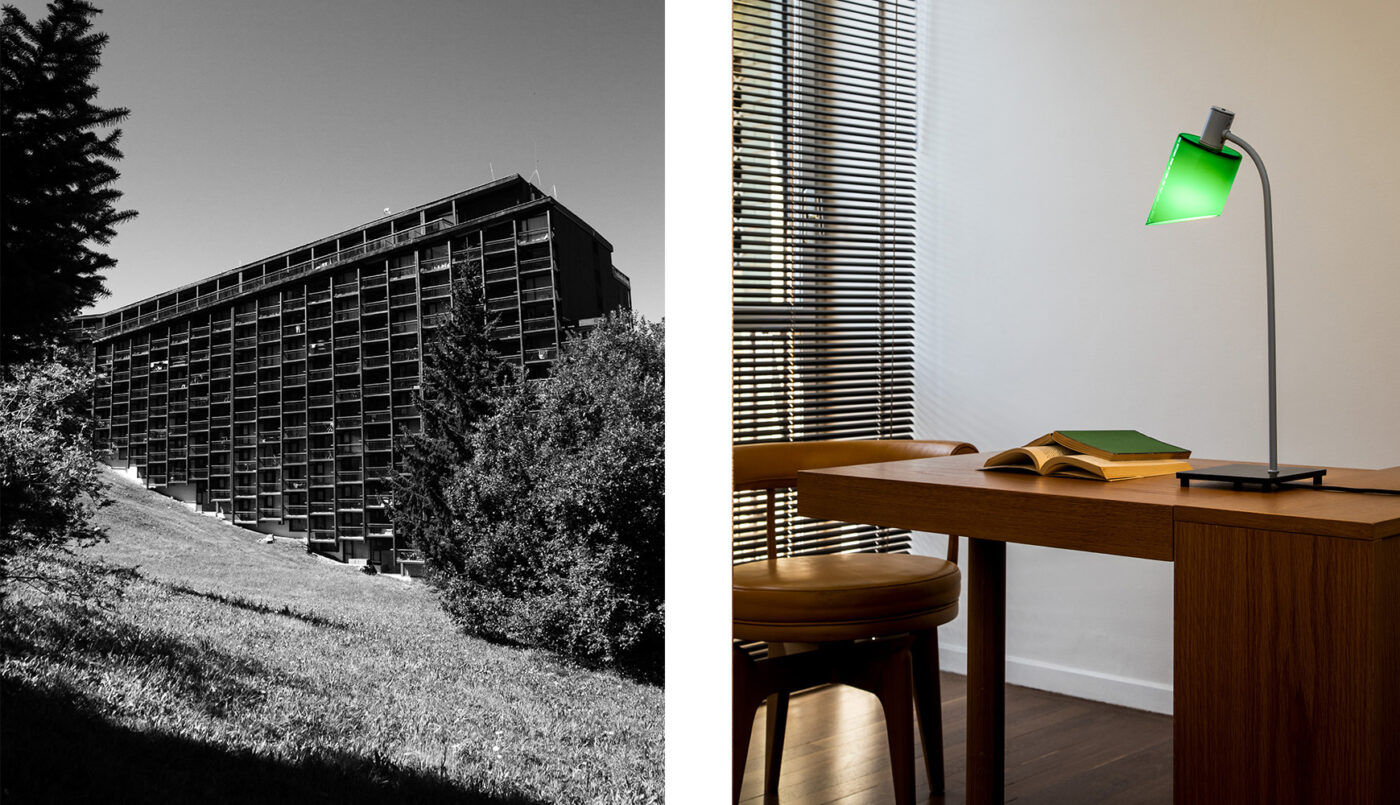
Pierre Paulin
Pierre Paulin (1927-2009), born to a French father and a Swiss-German mother, was raised in France, inspired by his two uncles. His paternal uncle, Georges Paulin, was the inventor of the Eclipse mechanical folding roof system and collaborated with prominent car manufacturers like Peugeot, Bentley, and Rolls Royce, demonstrating the power of creativity in business. His great uncle, Freddy Stoll, a sculptor, ingrained in young Paulin the belief that an object should be beautiful from every angle.
Paulin began his studies in ceramics in Vallauris and then pursued stone carving in Burgundy, aiming to become a sculptor. However, an unfortunate injury to a tendon in his right arm dashed his hopes of following his great uncle’s path. Pivoting his career, he enrolled at the École Camondo design school in Paris, where a teacher recommended he join the workshop of furniture designer Marcel Gascoin. There, Paulin apprenticed and honed his skills before travelling to Scandinavia and the United States. Influenced by designers Ray and Charles Eames and George Nelson, Paulin identified as a functionalist who infused his work with "two little drops of poetry."
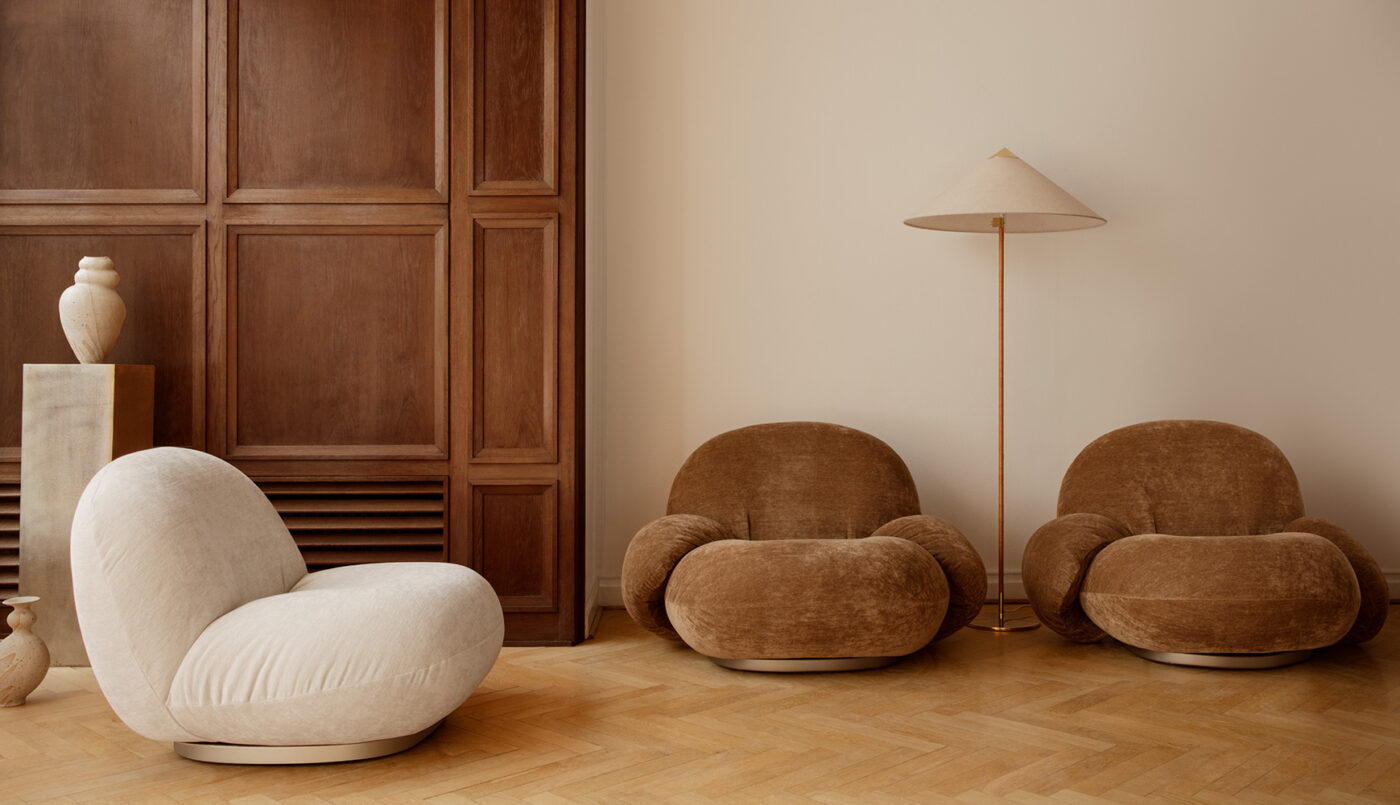
Jean Prouvé
Jean Prouvé (1901-1984) is regarded as one of the most influential furniture designers of the early modern design movement. Inspired by avant-garde architects and his idea of design as a moral issue, the designer, architect, engineer, and teacher is celebrated as a pivotal figure in the post-war era.
Starting as a blacksmith's apprentice, he developed a deep understanding of metalwork, which led him to explore new materials and techniques such as steel, aluminium, and arc welding. His innovative approach resulted in the creation of prefabricated houses, building components, and furniture tailored for the social sector. Prouvé often viewed himself more as an engineer than a designer, spending time concentrating purely on efficiency and the materials used rather than just the aesthetic appeal of products.
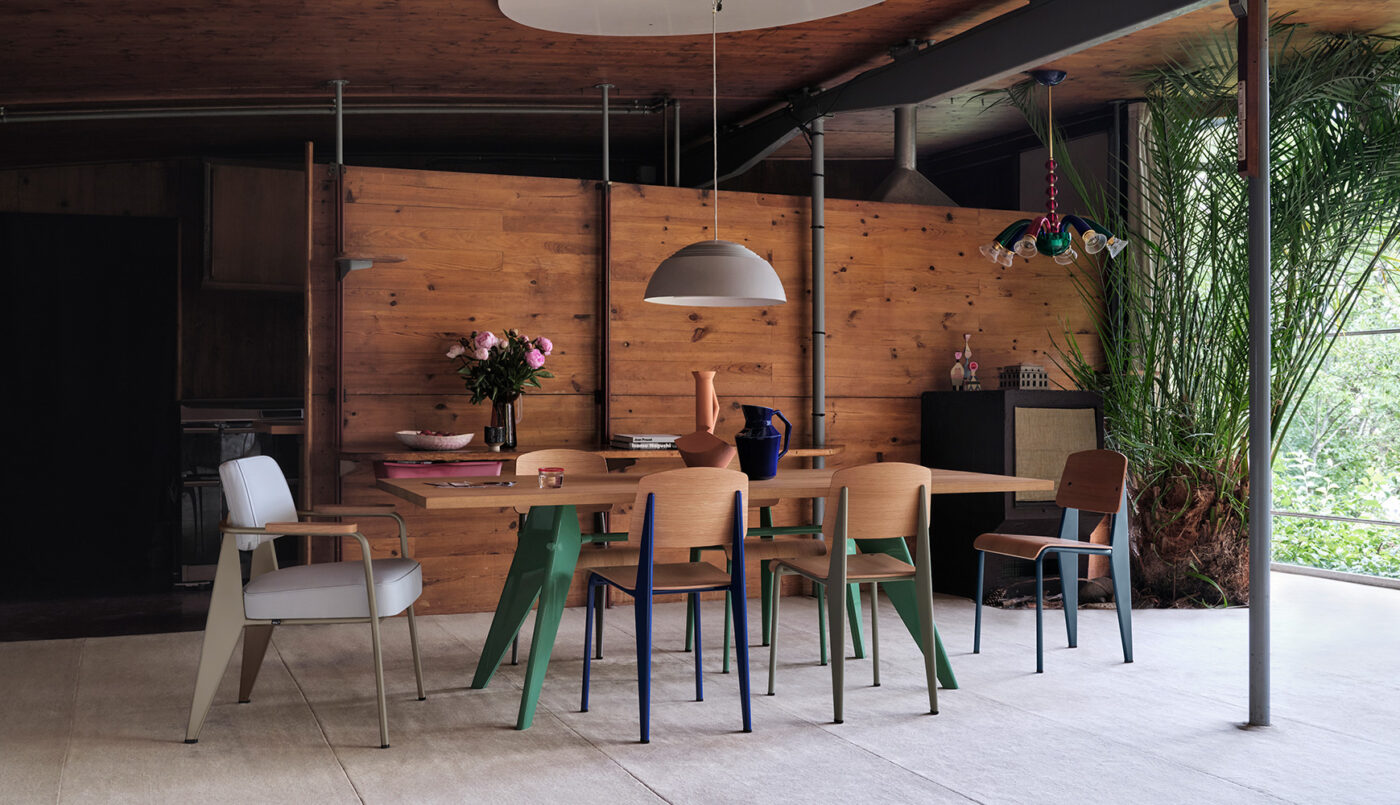
Le Corbusier
Le Corbusier (1887-1965), born Charles-Édouard Jeanneret-Gris, was a prolific French architect, designer, urbanist, painter, and writer, recognized as one of the most influential architects of the twentieth century and a pioneer of modern architecture. A staunch advocate of the modern aesthetic, Le Corbusier designed with a revered Puritan severity, believing that a modern house or apartment was a "machine for living."
His design philosophy was grounded in systems of proportion, modularity, and geometry, principles that permeated his writings, theories, paintings, and urban planning. Although Le Corbusier drew inspiration from historical figures like Vitruvius, Leonardo da Vinci, and Leon Battista Alberti—polymaths who explored the relationship between the body and the built environment—his designs were distinctly modern and unembellished. His architectural works can be found in France, India, Japan, and beyond, and have fetched millions at auction.
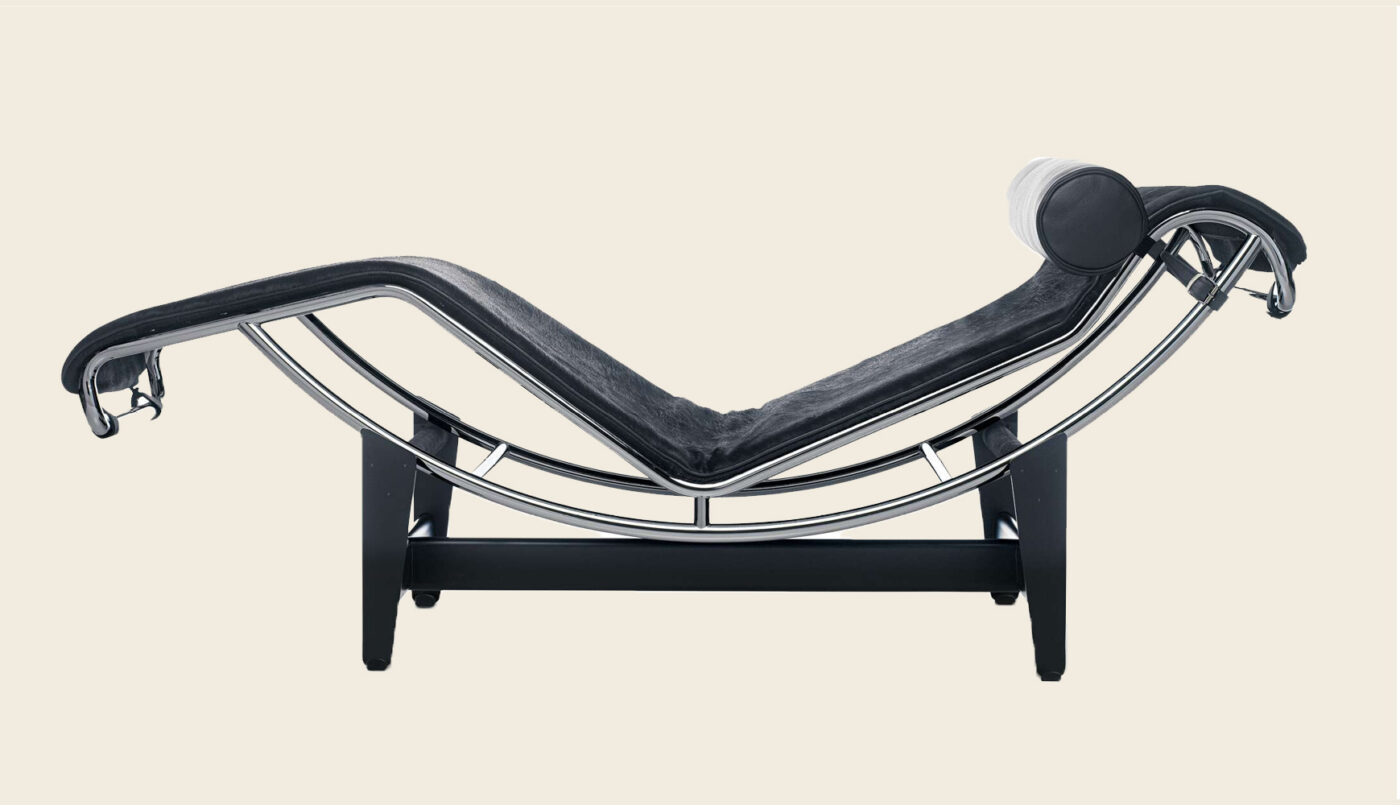

Pierre Jeanneret
Although often overshadowed by his cousin Le Corbusier, Swiss/French designer Pierre Jeanneret (1896 - 1967) was a visionary in modernist architecture and design. Together, they pioneered an aesthetic that prioritised function and order over embellishment. Jeanneret’s work infused the strict geometry of modernism with dynamic diagonals and lighter materials like cane and wood. A perpetual innovator, he collaborated with Charlotte Perriand on experiments with aluminium and wood and developed prefabricated housing with Jean Prouvé. In the early 1950s, Jeanneret joined his cousin in Chandigarh, India, for a massive urban planning project, designing the city layout and creating low-cost buildings and furniture. While Corbusier left the project midway, Jeanneret remained for 15 years as the chief architect. Today, Chandigarh stands as a masterpiece of modernist design.
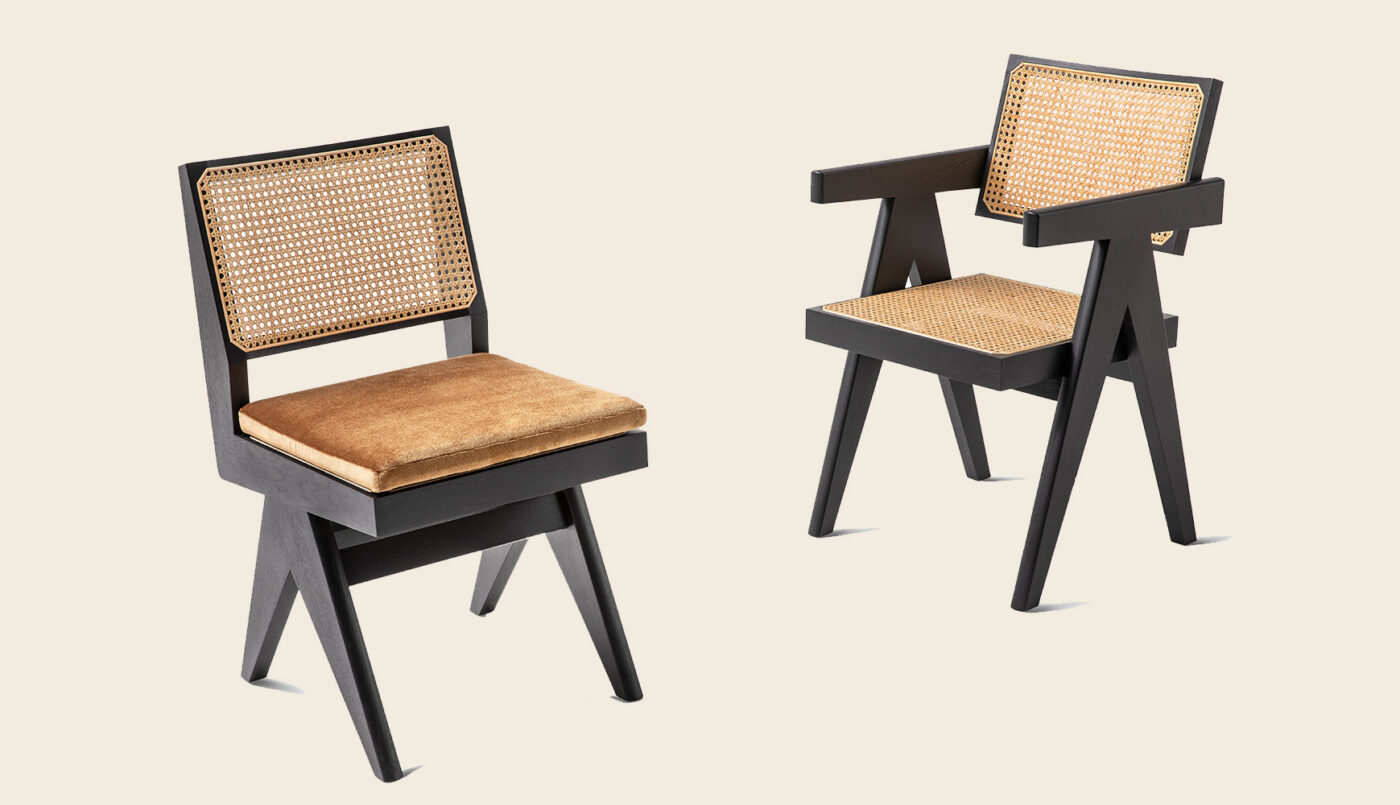
All five of these designers had a huge influence on what we now call mid-century modern design. Their enduring furniture, lighting and architectural creations look just as modern today - almost a century later - standing as a testament to the lasting legacy of great design.
Time for more? Spotlight on the Eames Shell Chair | USM at Wolfhouse - A House with History, Receives a Kitchen with History
-
Designer ProfilesIntercontinental Polymath; The Life And Work Of Isamu NoguchiRead More
One of the most acclaimed sculptors and product designers of the 20th century, Isamu Noguchi was one of the most formidable figures in design in the years following the Second World War. A sculptor by trade, Isamu Noguchi was born...
-
Designer ProfilesThe World Of Robin Day, a Mid-Century British Icon.Read More
One of the most influential British designers of the 20th century, Robin Day’s work has recently seen something of a renaissance, thanks to reissues of a number of classic pieces from Case Furniture and &Tradition. Something of a polymath, the...
